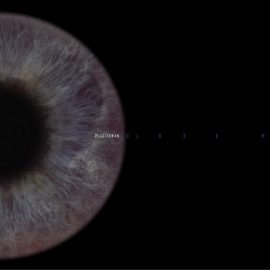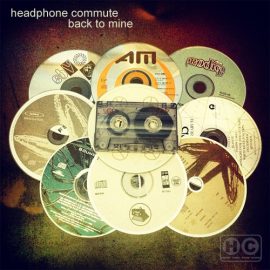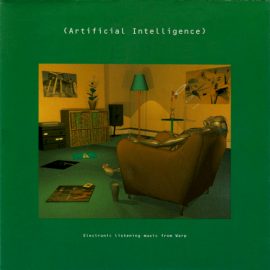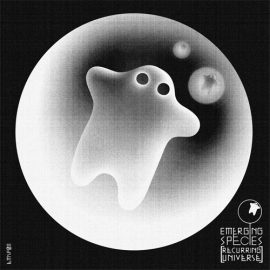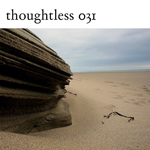Celebrating Headphone Commute’s many years of content, I am highlighting albums that I covered 20, 15, 10, and 5 years ago. I do this by going back through my archives and selecting a favourite for the current month. But I’m not just copying and pasting the words here; I’m also refreshing these write-ups a bit to bring them up to date, and, of course, I’m listening to all this music! And so should you!
Plastikman
Closer
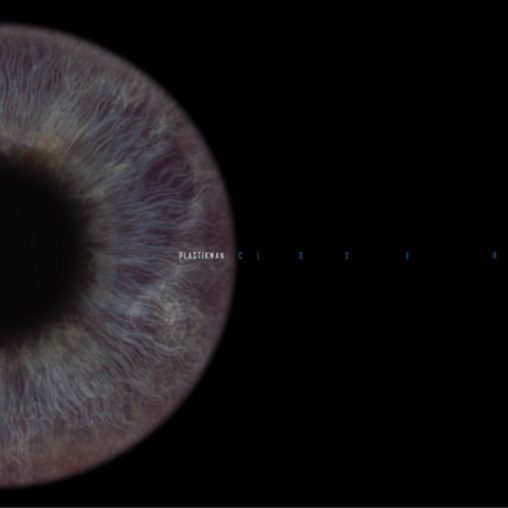
Many people have dismissed Plastikman as just another speck in the Detroit techno scene of the early 90s. At times, I wonder if his sound is only exciting because I’ve been listening to his earlier albums, Sheet One (1993), Musik (1994), and Recycled Plastik (1994), nonstop back in the 90s. But as I mature, revisit, and analyze the sound [which continues to be imitated by many up-and-comers], I think Plastikman is here to stay. Richie Hawtin’s control over the dynamic range of cranium vibrating bass and tiny little white noises in the background creates a hypnotic experience. The rolling lower frequencies are penetrating every nook of my studio. The light bulbs are shaking in their sockets. Closer is an intense experience with little release, like an involuntary muscle spasm induced by an alternating current. The themes of paranoia, schizophrenia, and claustrophobia saturate the music. Is this what we get when we are closer to Hawtin? The album continues the discomforting groundwork laid out in Plastikman’s previous minimal release, Consumed (1998). Moving further away from the staple sound of 909 repetitive techno beats, 303 acid sweeps, never-ending delays and mind-warping arpeggios, Hawtin continues exploring the deep, the dark and the minimal.
2023 UPDATE: In April of 2022, the one and only Chilly Gonzales took the above-mentioned Consumed and played some piano right over that. The result was… let’s say that it was very interesting, and I enjoyed the journey, but I can’t say that I would return to Consumed In Key because my heart lies with the “original” version of the album. Meanwhile, Sheet One was re-released on December 1st of 2023 as a 30th Anniversary remaster. Perhaps I should have written the Flashback entry on that…
Fennesz
Black Sea
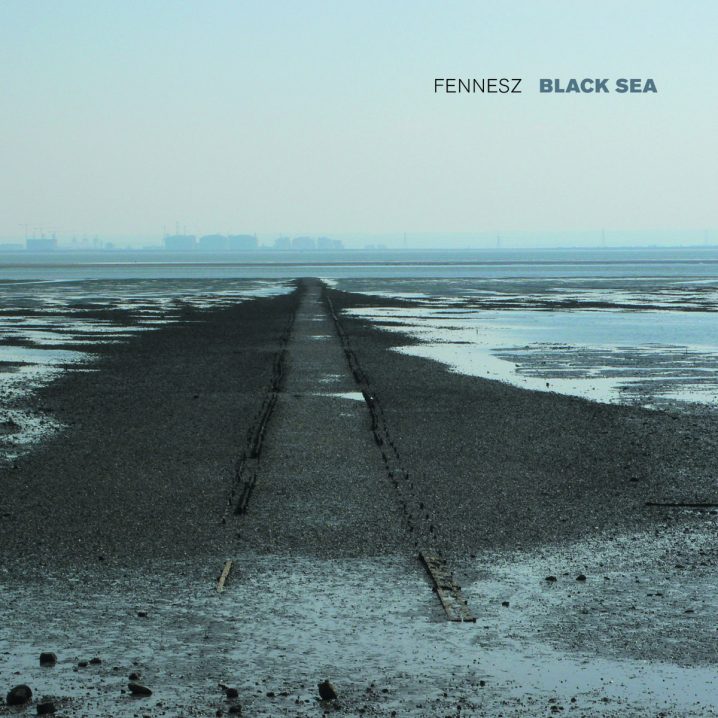
Christian Fennesz is a prolific Vienna-based composer crafting electronic multi-layered compositions since the late 90s. Fennesz has developed that instantly recognizable and many times emulated sound. His vast discography extends through numerous EPs, remixes, soundtracks and collaborations, most notable of which is his work with the late Ryuichi Sakamoto on Cendre (Touch, 2007), as well as Cloud (Erstwhile, 2005) on which he worked with Keith Rowe, Toshimaru Nakamura and Oren Ambarchi. For the Black Sea, Fennesz picks up where he left off with Venice, building on his trademark processed and filtered guitar sound. Faint melodies cut with their pale beauty through a sharp, fuzzy, white haze. Sure, it may sound like the over-driven, bit-crushing, pixel-offsetting, standing noise you have heard before on another album, but let me remind you once more that Fennesz has been pioneering this sound well before the advancement of software and saturation of costly plugins. For example, on a nine-and-a-half minute track called “Glide”, Fennesz is joined by Rosy Parlane to build up an incredible swell of sound that buzzes to an orchestral crescendo until it breaks into a tidal wave of near silence, which washes off the coast of the Black Sea.
2023 UPDATE: Fennesz continues to be active in the experimental music scene, with many of his latest albums still appearing on Editions Mego and his home label, Touch. Earlier this year, in April of 2023, he collaborated with OZMOTIC on an album Senzatempo, which promptly appeared on these pages as “an expansive sonic architecture, balancing exquisite composition with space for improvisation.”
The Stranger
Watching Dead Empires In Decay

Words are nothing when compared to the feelings that this music brings. Dark shuffling rhythms, muffled fabrics, sinister asphyxiation. Sounds resist all identification yet trigger some recall from within. Sonic particles are harvested from scraping, fondling, and collapsing textures. Passages of flashbacks, turmoil, and unease. These are the sounds of The Stranger, yet another pseudonym of James Leyland Kirby, for whom I have sung many praises. In the past, Kirby explored and subsequently released music inspired by the dusty 78-RPM records under The Caretaker alias. Those familiar with the project will treasure the records on his History Always Favours The Winners label. The music on this 2013 album is, without a doubt, a little eerie, cinematic, and drab. But knowing Kirby’s fascination with ghostly melodies and their relation to the memories of the past (real and abstract) adds a layer of sombre nostalgia to the album. Watching Dead Empires In Decay is a tribute to the complex aspects of humanity through every little action on this plane. Perhaps this apocalyptic interpretation of The Stranger’s shadowy stroll through the culture of decline is just my strong imagination. But it is the imagery in my mind that is triggered by his music.
2023 UPDATE: Sadly, there has been no music from The Stranger since this piece. As The Caretaker, Kirby completed the journey in February 2019 with his final farewell, Everywhere At The End Of Time [check out the complete edition of stages 1-6]. There hasn’t been much since then from James Kirby, and I only hope that he’s still thinking of making music, but most importantly that he’s healthy and well.
James Murray
Falling Backwards

The essence of James Murray‘s album is captured in its title track. The vast and sprawling beauty carried forth by the warm breeze of the strings, ethereal pads, and sentimental chords lifts the slightly melancholic mood of the album into the valley of tranquillity, acceptance, and repose. In the last decade, Murray has been slowly drifting into that very special place of ambience, where the organic instruments play nicely with the synths, complimenting each other in the never-ending dance of fuzzy frequencies, effected and submerged in all the spacial remedies for sound so that they envelop the listener with their love. On this very personal account, Murray recalls his childhood events and the ability to cope with the unexpected and difficult things. It’s a reflective and retrospective work, one flashing to the past to understand the present, to peel apart the world created by the mind, which helps us make some sense of the reality perceived through such a limited palette of senses. This is a sincere and earnest record on which the composer is unafraid to share his very self. It takes a lot to let the inner truth out into the world through music, but it’s also a very necessary act to cleanse oneself from having riddles marinade inside. This selfless act makes one a vulnerable being, exposed to elements unguarded and unsafe, then offering the “self” through this creative process, and finally agreeing with how being really is…
2023 UPDATE: Two years after this album and my subsequent contribution towards one of its tracks, Murray and I got together to collaborate on Suññatā (Home Normal, 2020). Murray’s 2022 album, Careful Now, grabbed the spot on HC’s Best of the Year list. His most recent original score for the award-winning independent documentary, Ascensión por Chimo Pérez is available directly from his own Slowcraft Records. Finally, with Ian Hawgood, Murray records as Slow Reels, and their latest album, Sustain, was released in September 2023.
